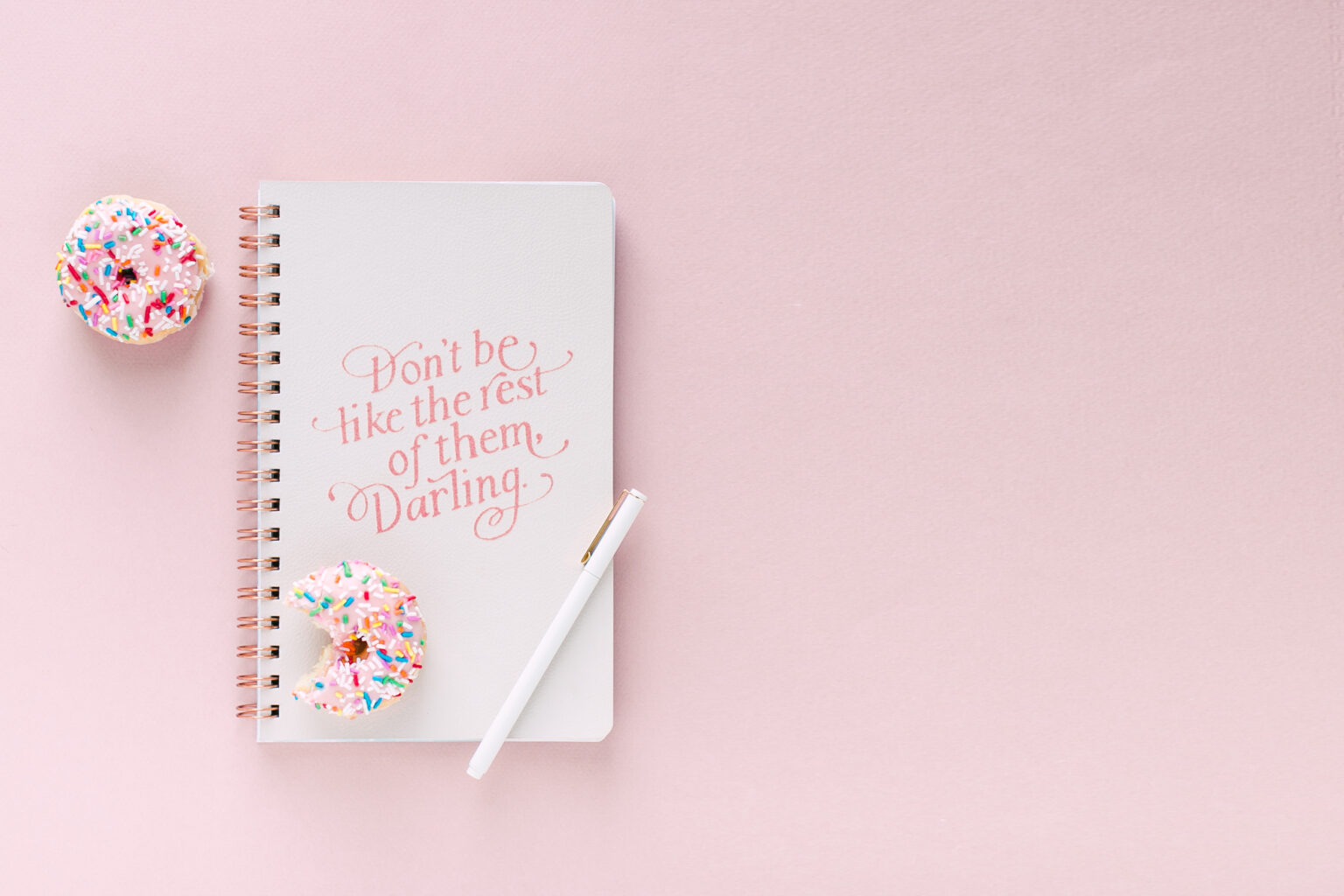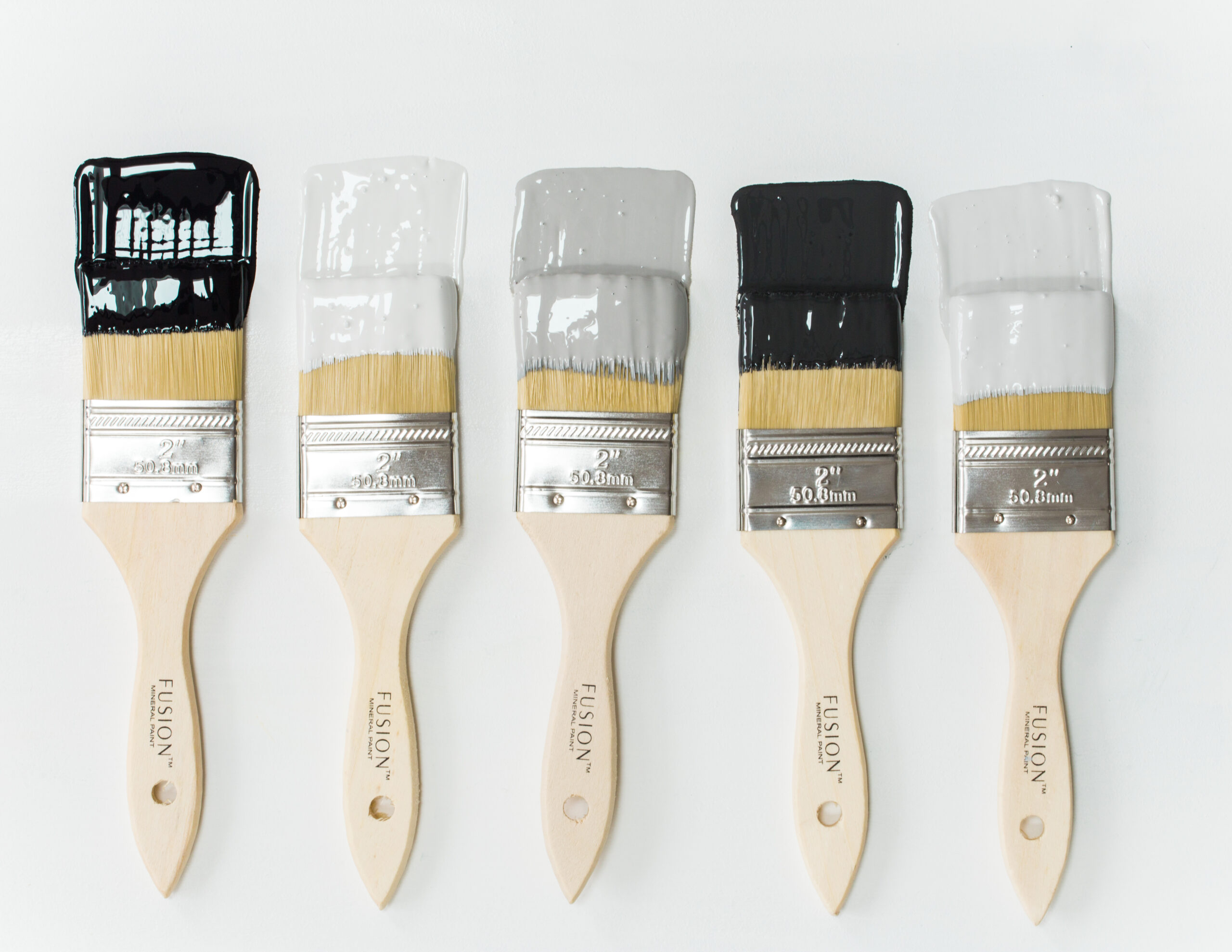If you want your small business to become the go-to place for people to get DIY supplies and workshops, you’ll need to start with a strong brand. In this article, we’ll explain what a brand is, why you need a brand strategy, and what elements need to be included in your brand strategy.
What is a Small Business Brand?
When we talk about your small business’s brand, we’re talking about all the components that impact people’s perception of your company. Your logo, company colours, marketing materials, and writing style all make up elements of your brand to help customers understand your company’s personality, voice, and values.
You can define your brand using a brand guide (sometimes called brand guidelines or a brand book).
What Are the Benefits of Having a Brand Guide?
Every small business needs a brand guide to help establish a consistent presence in your customers’ minds. Some of the benefits of having a brand guide include:
- Consistency — When you follow a brand guide, your customers, employees, and other stakeholders will see consistent images and messages that help them get to know your company’s true identity. These rules are especially important when multiple team members work together to create marketing materials for your business; this way, they create a consistent image for your brand.
- Professionalism — When people see a consistent presence from your brand, your company looks more professional and detail-oriented.
- Recognition — As customers and community members see the same logo, colour palette, and messages appear again and again, they begin to recognize your brand as one of the most dependable, trustworthy DIY stores in the area.
5 Key Elements to Include in Your Brand Guide
Now it’s time to create a brand guide for your business. Your brand guide can include any and all elements which help team members understand how to represent your company through marketing materials. Here are a few examples of what to include:
- Mission, Vision, and Values — Start with your “why.” Why does your company exist? Who do you hope to serve, and how do you hope to serve them? In one sentence, describe your company’s mission. Use another sentence to describe your vision for the future. Finally, outline 3-5 values that your company uses to guide its work.
- Logos — One of the most important elements of your brand is your logo, because this is how customers will recognize your business. Include images of every logo your store uses. (You may only have one logo, but some companies have special logos used specifically for seasonal events, sales, and other promotions.) Also, include instructions regarding how the logo can and cannot be used. For example, you may require that the logo have a certain amount of “white space” around it, or you may not allow the logo to be placed on top of certain types of backgrounds.
- Colour Palette — Specify which colours should be used in your marketing materials. Most companies have a colour palette including 5-10 different shades which can be used in promotional images and text. In your brand guide, include the hex codes, RGB numbers, and CMYK details so anyone working on your marketing materials can find the colours easily.
- Typefaces — Specify which typefaces, font styles, and font families are allowed to be used in your marketing materials. Also, specify whether particular fonts can only be used in certain circumstances. For example, some companies will specify that one font should only be used for headers and titles, while another font should only be used for body text.
- Tone — Your company’s tone is a brief description of the personality behind your marketing messages. For example, your brand may be humorous, playful, serious, friendly, casual, formal, or any number of other adjectives. In your brand guide, include examples of copy and images which represent your company’s tone.
Other Brand Guide Elements You May Want to Include
If you include the five elements listed above in your brand guide, you’re in pretty good shape! Here are a few other elements you may want to consider including:
- Elevator Pitch — An elevator pitch describes your company in 1-3 sentences so people can quickly understand the products, services, and value your brand offers.
- Brand Attributes and Benefits — Your brand attributes include a list of the specific products and services your company offers to customers. Your brand benefits include a list of benefits customers will receive or recognize as a result of purchasing your products or services.
- Iconography — Other than your logo, does your company use other icons in its marketing materials? For example, you may have certain types of doodles, photographs, or symbols that you like to include in various marketing materials.

3 Examples of Strong Small Business Brands in the Home DIY Industry
We’re proud to say that many Flip Runway Distribution stockists have strong, recognizable brands in their communities! Check out some of our favorites for inspiration:
Shabby Nook
Shabby Nook has a consistent brand we love. Their logo is unique and provides the basis for their colour palette, which consists of deep purples and a dark lime green. Their slogan, “The Home of Furniture Paint,” and services, “Educate, Collaborate, Advise,” are displayed prominently on their website’s homepage. And when you check out their blog or social media posts, you’ll see a playful tone including helpful advice, excitement over new updates, and enthusiasm among their team.
Claire’s CraftHouse
Claire’s CraftHouse is another goody! Their brand is minimalist, using lots of black, white, and grey shades. Their tone is informative, educational, and descriptive. And from their social media posts, you can tell they love giving customers a behind-the-scenes look at how their business works!
La Di Da Interiors
La Di Da Interiors‘ brand has a friendly, homey vibe. Their gold, black, and teal colour palette is chic and vibrant. Plus, they’re open about their environmental sustainability goals, personable interior design services, and their humble beginnings. When you visit their website or social media accounts, you’ll see the same fonts consistently used to develop a uniform brand.
In conclusion, a robust and clear brand is integral to every successful small business, particularly in the home DIY industry. It’s more than just a logo or color palette; it encapsulates your company’s identity, voice, and values. Through the cohesion of mission, vision, tone, and aesthetic, you create a unique brand that resonates with your audience, standing out from competitors, and building lasting customer loyalty. By emulating successful brands like Shabby Nook, Claire’s CraftHouse, and La Di Da Interiors, you can effectively utilise the power of branding to make a meaningful impact in the DIY industry. So, start constructing your brand guide today and set your business on the path towards long-term success and recognition.?
Related content: What is a Small Business Value Proposition?
Conquer YOUR DIGITAL MARKETING AND SUBSCRIBE TO THE PAINTPRENEUR® WEEKLY DROP
Stay connected with the latest trends, inspiration, and expert insights in the decorative furniture paint industry. Our weekly emails are packed with valuable content designed to empower and support your Paintpreneur® journey. It’s more than an email—it’s your secret weapon in the furniture paint industry!







